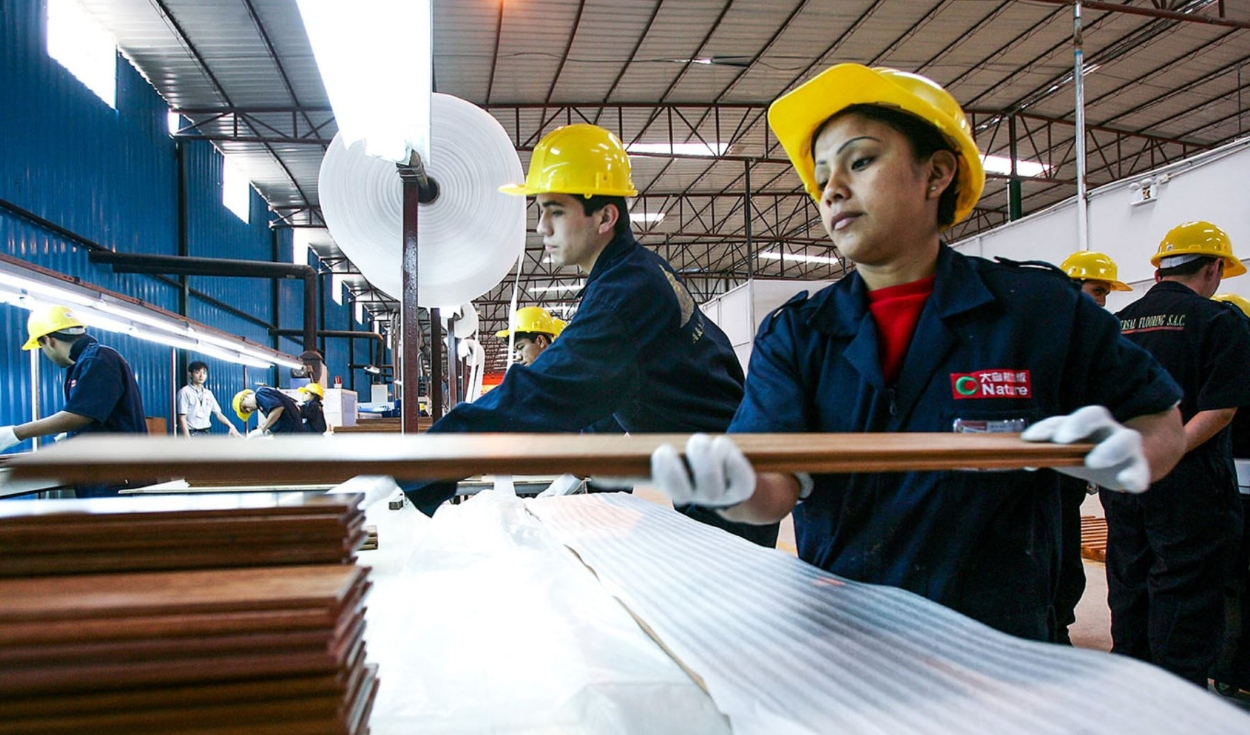
Women face a series of structural barriers in the economy. According to a new report by the International Labor Organization published within the framework of International Women’s Day, the difference in employment rates between women and men has been reducing worldwide and is currently 23.1 percentage points. However, there is a fact to take into account.
At this rate of progress, “reaching equality in employment rates would take almost two centuries.” And although more and more Young women They study and receive training, this has not resulted in significant advances in the labor market, where women only occupy 30% of the management positions in the world.
“Women are still overrepresented in poorly paid sectors such as nursing and childcare, while men dominate fields such as transport and mechanics. They also continue to have lower average income and less hours of paid work worldwide, and are overrepresented in informal employment in low and medium-low rent countries,” says the ILO.
Improvement in the wage gap
The Women’s employment rates They continue to be significantly lower than those of men, since in 2024, only 46.4% of women of working age were employed, compared to 69.5% of men. However, the ILO says that progress has been made in the reduction of the wage gap worldwide.
The international organization estimates that, for every dollar that men obtain in 2024, salaried and autonomous women will earn 77.4 cents. Although this figure reflects a considerable gap, it represents an advance compared to the 70.1 cents recorded in 2004.
“Three decades after world leaders gathered in Beijing and promised to advance the rights of women worldwide, there are still important challenges to comply with the Beijing Declaration,” said Sukti Dasgupta, director of the Department of Oit’s working conditions and equality.
In the same way, he said, despite progress, millions of women face obstacles to accessing decent work, staying in this job and advancing in their professional goals. Given this scenario, reform is required to address inequality in responsibility for care of people, salary differences between men and women, as well as violence and harassment in the labor field.
National Care System
According to a study of the International Labor Organization (ILO)more than 2.7 million Peruvian women do not find work because they are dedicated in full time to perform care tasks. And these activities are not paid and affect female participation in the workplace.
If unpaid care work was valued, they would have an economic contribution of more than S/200,000 million, which is equivalent to between 22.6% and 23.4% of GDP in 2021. However, there are a number of challenges in our country that need to prioritize to settle the historical debt with women.
“From feminisms we have promoted the recognition of care and care work as a human right. We have a congress pending discussing the creation of a Care system that would facilitate these tasks in regions and support local ordinance initiatives on the way to Arequipa, Cusco, La Libertad and Junín, promoted by civil society, “Diana Milaslavich wrote in the Republic.
Source: Larepublica
Alia is a professional author and journalist, working at 247 news agency. She writes on various topics from economy news to general interest pieces, providing readers with relevant and informative content. With years of experience, she brings a unique perspective and in-depth analysis to her work.












